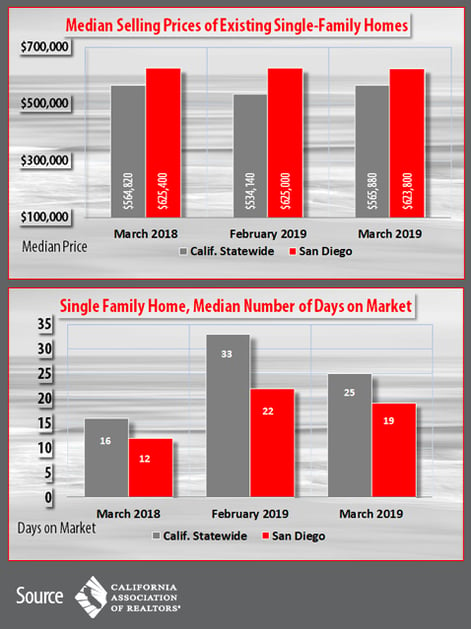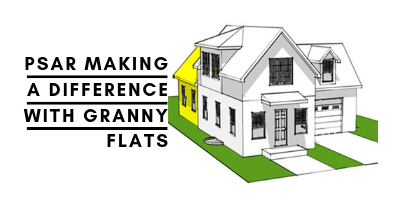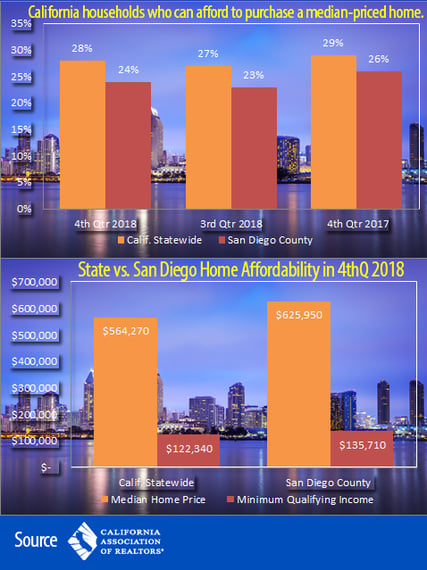 Legislative advocacy remains a top priority at PSAR. Association leaders are active in empowering REALTORS® to make a difference by advocating with legislators and government officials in support of private property rights, economic prosperity, property investment and homeownership.
Legislative advocacy remains a top priority at PSAR. Association leaders are active in empowering REALTORS® to make a difference by advocating with legislators and government officials in support of private property rights, economic prosperity, property investment and homeownership.
When REALTORS® and affiliates speak in solidarity with one voice and work together with elected officials, then powerful alliances and strong communities can be formed resulting in a vibrant business environment and success in a free enterprise system.
Recently, several PSAR members went to Washington, D.C. to join thousands of other real estate professionals for the National Association of REALTORS® Mid-Year Legislative Meetings and Trade Expo. In his opening address, NAR President John Smaby told attendees that thousands of REALTORS® showing up at the nation’s capital sends a powerful message to politicians. “We mean business,” Smaby said. “Our business is not Republican. It’s not Democrat. My friends, we are the REALTOR® Party,” referring to NAR’s lobbying arm. Attendees cheered and applauded.
NAR is the single largest real estate trade group in the U.S., with nearly 1.3 million members, and widely considered one of the most effective advocacy organizations in the country. It is the second largest organization in terms of lobbying spending, behind the U.S. Chamber of Commerce. During the recent 2018 midterm elections, NAR poured $14.4 million into supporting 10 candidates, including six Republicans and four Democrats.
 Among PSAR members who made the trip: Robert Calloway, 2019 President; Robert Cromer, 2019 president-elect; Bob Olivieri past president and Federal Political Coordinator and Nikki Coppa, past president; and, Richard D’Ascoli, CEO. Nikki also serves as a NAR Director appointed by PSAR, as well as 2019 Vice Chair of the NAR Risk Management Issues Committee.
Among PSAR members who made the trip: Robert Calloway, 2019 President; Robert Cromer, 2019 president-elect; Bob Olivieri past president and Federal Political Coordinator and Nikki Coppa, past president; and, Richard D’Ascoli, CEO. Nikki also serves as a NAR Director appointed by PSAR, as well as 2019 Vice Chair of the NAR Risk Management Issues Committee.
Activities on the trip included meeting with San Diego members of Congress, including Duncan D. Hunter (R-50th,) Juan Vargas (D-51st), Susan Davis (D-53rd), Scott Peters (D-52nd) and Mike Levin (D-49th), as well as listening to President Trump, who became the first sitting U.S. President to speak live at the NAR event since George W. Bush in 2005.
“The congressmen were very open and receptive to the issues we brought to them,” said Robert Calloway. “They were knowledgeable about the things we were talking about. It was good to have a dialogue with them.”
Robert and Nikki also heard Mr. Trump’s speech. “The President is a real estate guy who understands our business,” said Robert. “He knows about over-burdensome regulations that can hinder land development and the bureaucracy that prohibits us from moving forward with addressing the housing shortage.”
“It was incredible to see the change and preparation necessary to have a live event featuring the President of the United States,” said Nikki. “One thing that really stuck with me was his comment about how special REALTORS® are.” Nikki said she was impressed with the President’s comments about the trustworthiness of REALTORS®.
 According to a White House transcript of the speech, Mr. Trump said, “In what business do you have where you’re selling your home, and you leave the key under the mat so the broker can take anybody they want, even though you’re going to be away for three weeks, right? How many people trust people? You would only trust a great realtor to do that, right?”
According to a White House transcript of the speech, Mr. Trump said, “In what business do you have where you’re selling your home, and you leave the key under the mat so the broker can take anybody they want, even though you’re going to be away for three weeks, right? How many people trust people? You would only trust a great realtor to do that, right?”
During the roughly one-hour speech, Mr. Trump announced the end of steel and aluminum tariffs imposed on Mexico and Canada and discussed a wide range of issues including tax reform, regulation cuts, opportunity zones and unemployment.
Mr. Trump also said, “I’m honored to be here with the hardworking men and women who help millions of families live the American dream. You have some tremendously talented people in this room. I know this business well. I love this business. It’s in your blood. And, you have people who can do a job that very few people can do.
“When a young family needs to grow, when a new job sparks a new adventure in a brand, new beautiful city, when parents want to find the right neighborhood and schools for their children, Americans put our trust in you, our great REALTORS®. And that’s true.
“Home is where our hearts are. And all of you, as Americans, you find a home for the ones that you love the most. So, today, I want to thank all of you. This is a time of extraordinary opportunity for our country, And, as I said, I think our country is doing better now than we’ve ever done before, as an economy. And I think it’s going to get even better.”
NAR's invitation to speak, did not mean the real estate trade group would be endorsing Trump’s re-election. NAR said it does not endorse presidential candidates or donate to presidential campaigns through its Realtors Political Action Committee (RPAC). NAR said it has had a longstanding practice of inviting sitting presidents to speak at its annual conferences and 10 have taken the trade group up on its offer.
 Bob Olivieri said he was pleased that Congress extended the Federal Flood Insurance Program (NFIP) until Sept. 30 while he was there in Washington, D.C. While NFIP isn’t a household name, it’s often the only flood insurance available in a given market. That’s important, because if a property is in a 100-year floodplain, lenders will typically require flood insurance as part of the mortgage approval process. This isn’t just an issue for waterfront homes or homes in the direct path of hurricanes. Many homeowners in San Diego County who live near large storm drains or drainage channels are required to have flood insurance. More than 5 million homeowners in 22,000 communities nationwide rely on the NFIP to provide flood insurance.
Bob Olivieri said he was pleased that Congress extended the Federal Flood Insurance Program (NFIP) until Sept. 30 while he was there in Washington, D.C. While NFIP isn’t a household name, it’s often the only flood insurance available in a given market. That’s important, because if a property is in a 100-year floodplain, lenders will typically require flood insurance as part of the mortgage approval process. This isn’t just an issue for waterfront homes or homes in the direct path of hurricanes. Many homeowners in San Diego County who live near large storm drains or drainage channels are required to have flood insurance. More than 5 million homeowners in 22,000 communities nationwide rely on the NFIP to provide flood insurance.
“The one issue at the top of our list, the State and Local Tax Deduction (SALT), is supported by most of the U.S. representatives who we talked to,” said Bob. “The ideas being tossed around are doubling the present $10,000 deduction limit for married couples, raising it to $15,000, and doubling it for married couples or eliminating it all together, which is not probable. Also, we would like to see the SALT limit and deductible mortgage interest cap indexed to inflation. This has a lot of support and puts those limits in line with other limits in the tax code.”
Also, during the PSAR trip to Washington, D.C., the House passed by a vote of 236-173 the Equality Act, which would broaden the definition of protected classes to include sex, sexual orientation and gender identity to characteristics protected by the 1964 Civil Rights Act. NAR was a strong advocate for this bill which strengthens fair housing.





 Other key points from the March 2019 resale housing report included:
Other key points from the March 2019 resale housing report included:

.png?width=706&name=Leaders%20are%20the%20driving%20force%20of%20progress.%20(6).png)




.png?width=750&name=Chart%20for%20411%20-%20Feb%2022%20(1).png)
 Lower seasonal home prices allowed more Californians to afford a home purchase in the fourth quarter of 2018, compared to the previous quarter, but higher interest rates pushed affordability lower compared to the previous year, according to the California Association of REALTORS®’ (C.A.R.) “Housing Affordability Index” (HAI).
Lower seasonal home prices allowed more Californians to afford a home purchase in the fourth quarter of 2018, compared to the previous quarter, but higher interest rates pushed affordability lower compared to the previous year, according to the California Association of REALTORS®’ (C.A.R.) “Housing Affordability Index” (HAI).